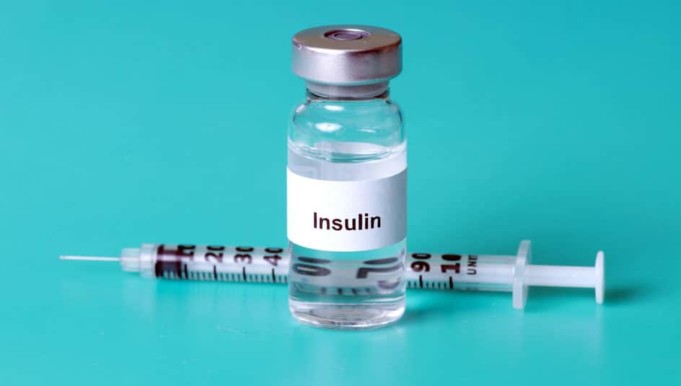In the early years of diabetes treatment, patients could only access insulin that was tediously extracted from the pancreas of another animal, typically pigs and cows; it was challenging to extract, and some patients were allergic to the extracted insulin, but overall it saved lives.
It wasn’t until the 1970s that pharmaceutical companies learned how to genetically modify E. coli bacteria so that they could produce insulin and by the early 1980s, patients could access commercial, biosynthetic insulin.
It was easy to mass produce and generally inexpensive – and this should have been the end of the story. Why, then, are people dying today because they can’t afford insulin?
The Cost Of Insulin
One of the great benefits of mass-produced insulin was that it was easy to make and therefore affordable, and though there is a growing number of types of insulin on the market, the drug hasn’t changed much in decades – except for one thing: its cost.
Overall, insulin prices tripled between 2002 and 2013. And, though most type 1 diabetes patients rely on both long-and quick-acting varieties on insulin, insurance companies often restrict which types and brands of insulin they will cover. This combination of high costs and insurance restrictions have left patients desperate.
Rationing A Resource
So how are American diabetics ensuring they can get enough insulin, and the right types? The simple answer is that they can’t be sure, and that’s why many are engaged in a variety of dangerous practices – they’re trying to make their insulin last longer.
One common practice among type 1 diabetics today, for example, is insulin rationing, or using less insulin than needed, in order to make supplies last longer.
Insulin rationing can lead to systemic damage, and over time or if supplies run out, patients can develop diabetic ketoacidosis, fall into a coma and die – and several have.
One young man, Alec Smith, was unable to pay the $1,300 for insulin after aging out of his parents’ insurance plan, and rationed his supplies to get to his next paycheck. He didn’t survive long enough to earn that check, though. Alec died a month after leaving his parents insurance after rationing his insulin.
Looking For Insulin Abroad
Another, more reliable way that some diabetes patients are trying to access insulin is by turning to foreign pharmacies. For example, by ordering insulin from a Canadian pharmacy, patients can get the same drug for a lower price.
Because the Canadian government controls drug pricing, insulin is less expensive across the border, even compared to using patient assistance programs and coupons at US pharmacies.
Better Technology, Worse Care
The reality of treating diabetes today is that, though the tools available, such as insulin pumps with continuous glucose monitoring technology, are improving patients’ lives, price gouging by pharmaceutical companies are undoing that progress, and in order to transform this system, pharmaceutical companies, insurers, and the government will all need to work together.
As David Kliff of Diabetic Investor explains, prices aren’t higher simply because pharmaceutical companies are greedy – they’re just trying to keep pace with insurance negotiations. Insurance companies are negotiating for greater compensation from companies in return for covering their drugs, and price increases follow those demands.
Of course, for diabetics who are rationing their supplies, trading insulin on the black market, or using GoFundMe campaigns to pay for their medications, the root of price increases doesn’t really matter.
All that matters is that members of the community are dying and no one knows who will be next. Until insulin becomes uniformly available, diabetics will live with debt and fear.












